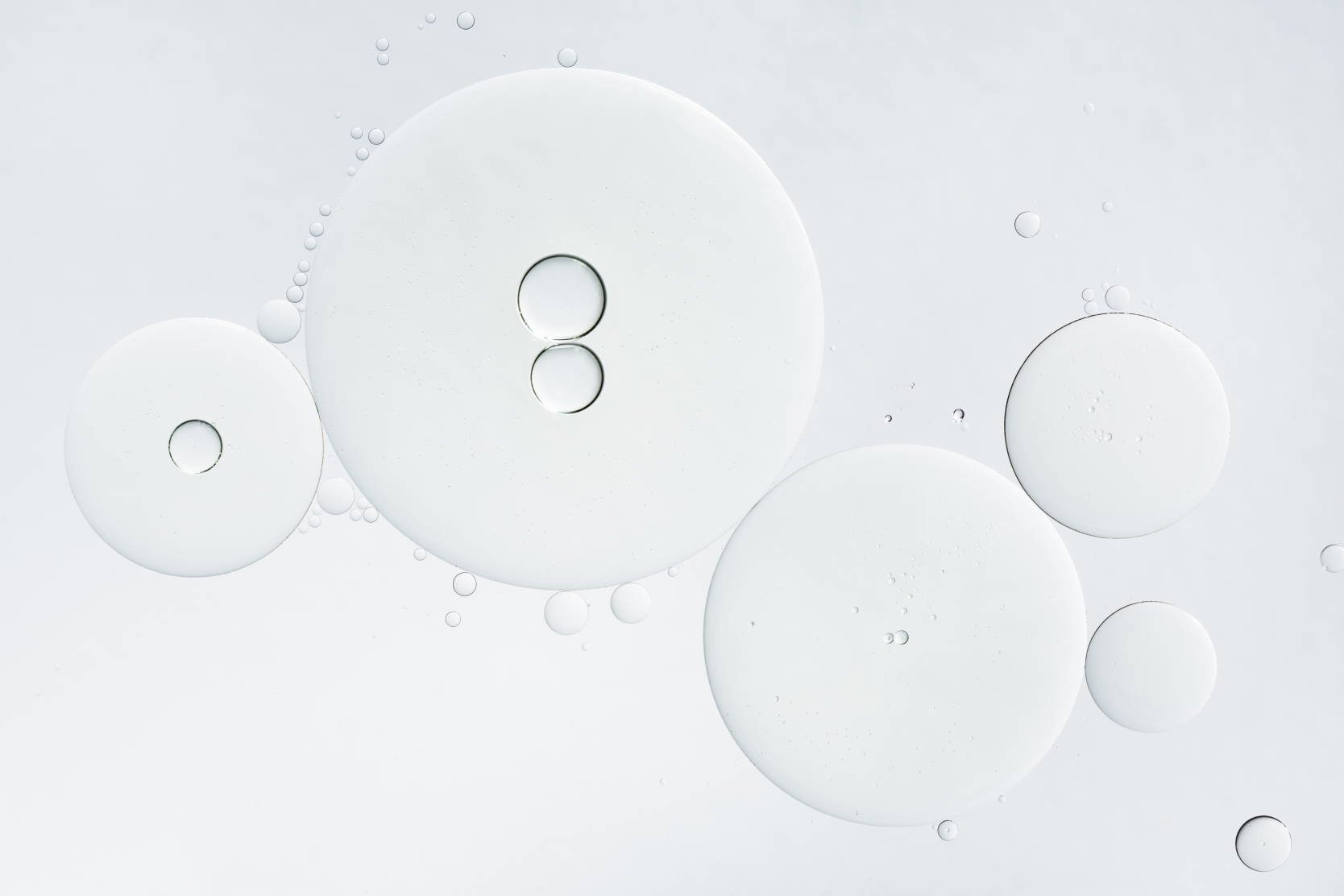Pioneer in
Salivary RNA analysis
At the frontier of medical innovation, Ziwig is revolutionizing the diagnosis and treatment of women’s diseases by leveraging salivary RNA. Committed to our research, we are transforming saliva into a key that opens the doors to a deeper understanding of pathologies such as endometriosis, women’s pathologies, cancers and neurodegenerative diseases.

A window on the human body
Our exploration of the RNA and extracellular vesicles present in saliva represents a turning point in personalised medicine. These biomarkers, silent indicators of the body’s internal processes, allow us to detect diseases early, offering unprecedented diagnostic potential and therapeutic prospects.
Innovation and accessibility
Thanks to our non-invasive approach to saliva sampling and our technological advances in sequencing and artificial intelligence, we are democratising access to accurate, early diagnosis. Our Ziwig Endotest® saliva test, endorsed by the French National Authority for Health (HAS), embodies our commitment to scientific excellence and responsible innovation.


Towards tomorrow’s therapeutics
Our vision goes beyond diagnosis. Altering the expression of RNAs identified in saliva and tissues opens the way to targeted therapeutic interventions, marking the dawn of a new era in personalised cancer treatment.
The future of women’s health in our hands
Ziwig is at the forefront of medical science, armed with a passion for innovation and an unwavering commitment to improving women’s health. Through our work, we bridge the gap between basic research and clinical application, transforming salivary biomarkers into vectors for concrete change in women’s lives.

Omnigene Oral is an in vitro diagnostic device for the collection and stabilisation of nucleic acids in saliva. Manufacturer of the Omnigene Oral collection IVDD: DNA Genotek Inc. Read the enclosed leaflet carefully. Updated: 09/2024
Stay connected
Sign up to be notified of the latest news and publications.


